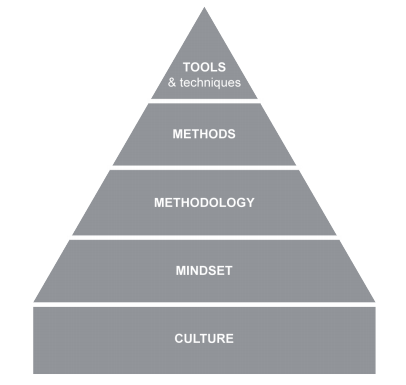My organization focuses on the creation of innovative medicines for patients. Patients serve as our beacon. But from an organizational efficiency lens, organizations rarely consider the experience of our patients and doctors when we design study protocols and reflect on our internal organizational processes. Our focus is the best science.
If we view our study protocols and internal organizational processes and shift our mindset to one of empathy for our users, could we make these studies more valuable and easier for patients, and still meet our goal?
Why is this a difficult challenge?
As researchers and clinicians, we are focused on data and outcomes. Rarely are our minds trained in empathic design (Potsma 2012). The experience of journey maps, experience maps and personas are critical to help reframe our thinking as we approach new solutions and refine our internal processes. Are industrial organizations ready for this mindset change?
Potsma (2012) suggest that to embed empathic design, it must be practiced and adopted at all levels of the organization – including methodology, mindset and culture.
How can we overcome this?
I’ve worked with a group internally to create experience maps with many stakeholders across the Clinical Trial Journey. One map was used for each major step in the process. By understanding what potential motivations and pain points occur for each user, it allows one to consider the impact for the user. It allows us to truly build empathy for the site staff and our patients (and the patient’s caregivers). Without this awareness, we seemingly get sucked into the siloed thinking of our own experience, and miss the truly innovative solution.
Can empathic design help us treat the disease and the patient experience?
Source:
Potsma, C., Zwartkruis-Pelgrim, E., Daemen, E., Du, J. (2012) Challenges of Doing Empathic Design: Experiences from Industry. International Journal of Design, 6, 59-70.


I’m very curious — when you speak of your focus being “the best science”, do you think that can have a negative impact on the end user experience? Is it even possible to promote the best possible science (which is absolutely necessary in a medical industry) and still retain a focus on the needs of the end users? And whom do you consider the end users– doctors, patiients, others? I can’t even imagine how the needs of all of those stakeholders are kept in balance: it must be almost impossible, but you do it every day!
LikeLike
Thanks Mark – yes, you’ve hit the nail on the head! I think focusing on the elegant science can get in the way of what we really need to ensure drugs are safe and effective. And, as an industry, we really need adjust our mindset to consider the experience of our studies for our doctors, patients, caregivers and even our internal resources.
LikeLiked by 1 person
This is fascinating. Is there Kathleen a space in the industry where the conversation about the end-user, say patient, experience is happening at a level that you think, yep, that’s forward thinking? It would be lovely if you had a tribe of like minded folks to rally with.
Of course on the provider side, there’s a lot of conversation now about how the efficiency of technological design impedes both the patient and provider experience. You only have to be in a hospital overnight once and be woken up every few hours for vitals to realize that we’ve chucked some fundamental principles of care out the window.
Thank you for the Postma citation, I will follow up on that.
LikeLike
Thanks Masha – so interesting to hear the provider side. Yes, I just happened to stumble upon the Potsma article – fascinating! May be a potential capstone for me!
LikeLike